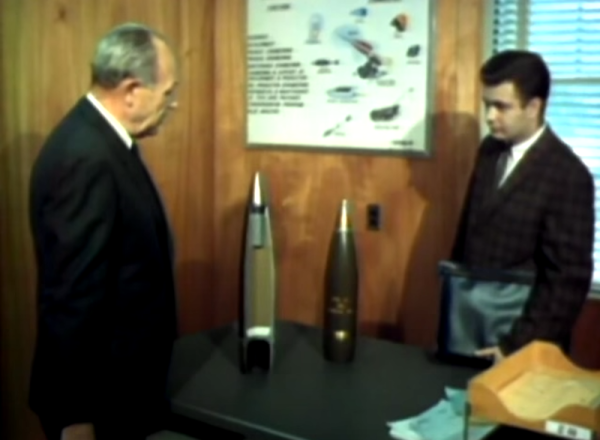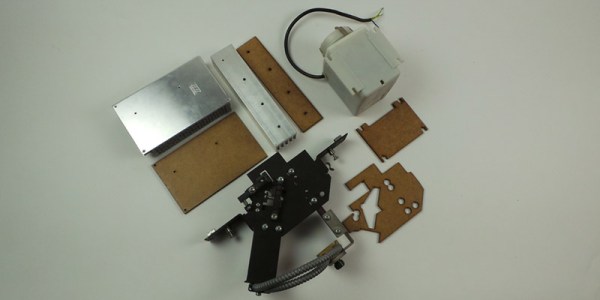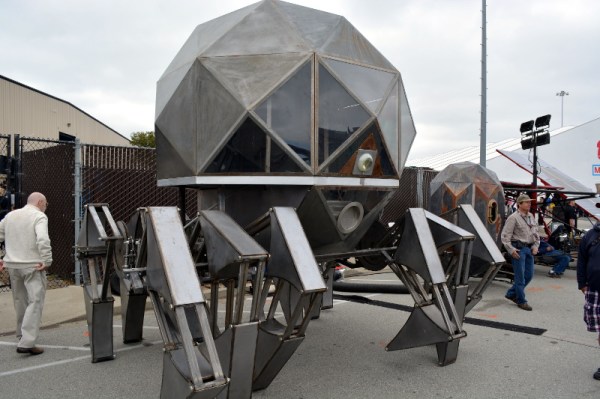As the United States were settled, its leaders found that they needed firepower to preserve freedom. This became especially apparent during the military engagements of the era, so a number of specialized facilities were founded to manage the research, development, manufacture, and dissemination of different types of munitions.
Picatinny Arsenal in New Jersey was the place for both nuclear and conventional weapon development. The men and women working in this facility created anti-personnel devices, including a flexible, adhesive charge called Flex-X that could be affixed to almost anything. This demolition charge could be layered for increased power, and could even detonate underwater. Picatinny also developed new rocket engines, propellants, and liquid propulsion for projectiles.
In Pennsylvania, a small-arms ammunition plant called Frankford Arsenal developed a duplex rifle cartridge. That is, a lead projectile fires on target, and a second one sitting behind it in the cartridge shoots at an angle, landing an inch or so near the lead bullet. Frankford workers also ground precision optics for target sighting and centering, and developed a case-less cartridge. Propellants geared for a wide variety of uses also came out of Frankford. These propellants were employed to deliver nerve agent antidotes, inflate life rafts quickly, and eject pilots from sketchy situations.
The Edgewood Arsenal in Baltimore specializes in the research and development, manufacture, and supply of chemical weapons. They are particularly adept at fire suppression. Edgewood research has provided civilian benefits as well, such as an anthrax vaccine. In addition, Fort Detrick, Maryland contains a biological R&D wing where vital antidotes and vaccines are developed.
All of this R&D and manufacture was orchestrated by the Ammunition Procurement and Supply Agency (APSA) located near Joliet, IL. In addition to reviewing all contractor bids with equal consideration, APSA controlled distribution, maintaining inventory on large computers that could crunch numbers like nobody’s business.




















